Table of Contents
Come join us now, and enjoy playing your beloved music and browse through great scores of every level and styles!
Can’t find the songbook you’re looking for? Please, email us at: sheetmusiclibrarypdf@gmail.com We’d like to help you!
Mozart Clarinet Concerto Adagio for clarinet & piano sheet music, Noten, partitura, spartiti, 楽譜

Please, subscribe to our Library.
If you are already a subscriber, please, check our NEW SCORES’ page every month for new sheet music. THANK YOU!
Best Sheet Music download from our Library.

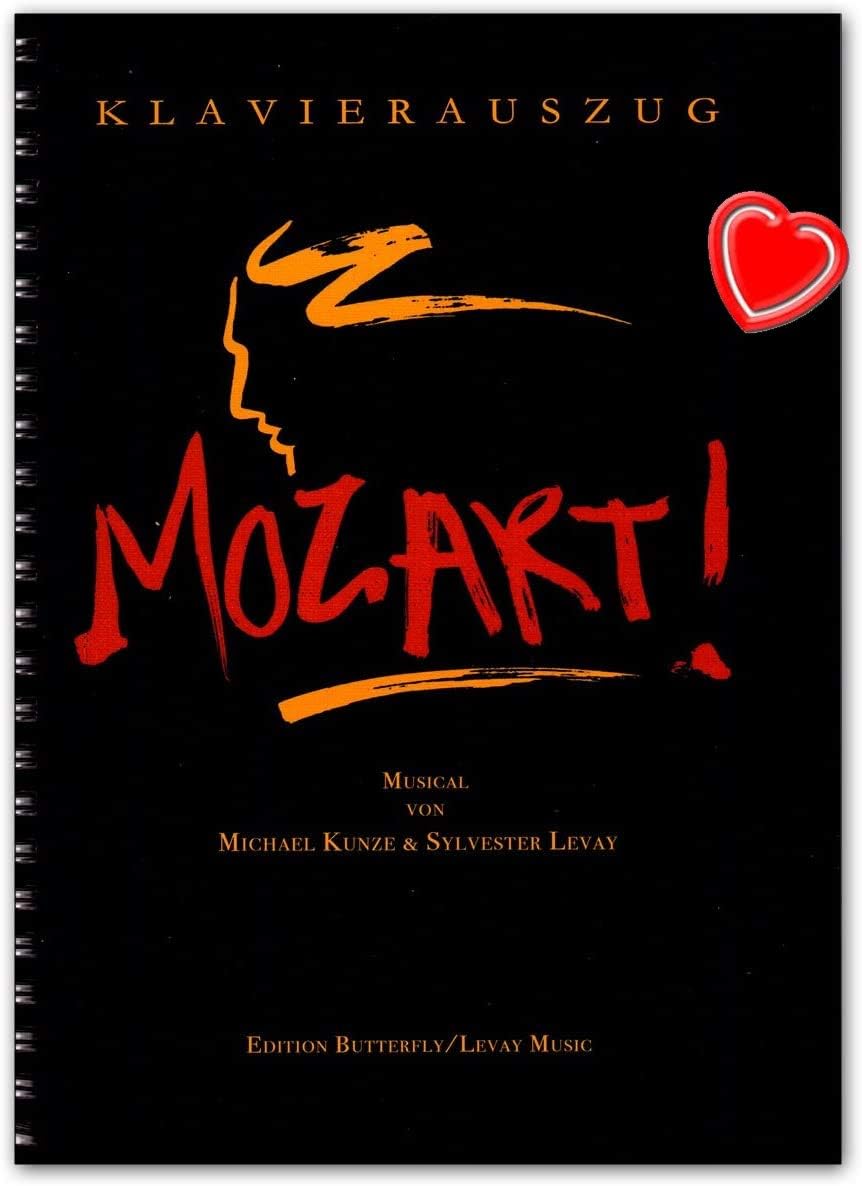

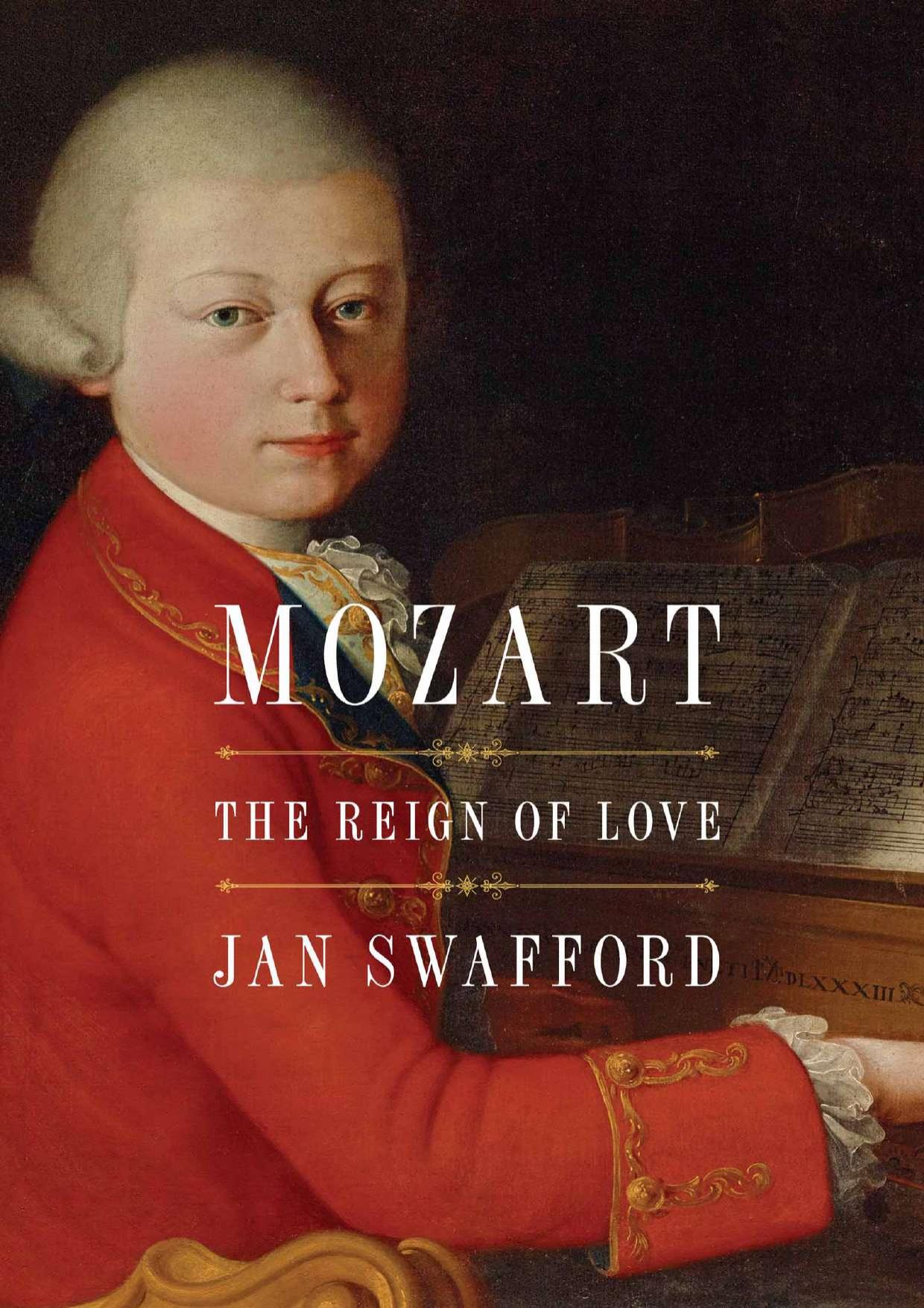
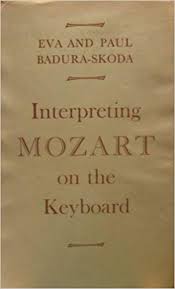
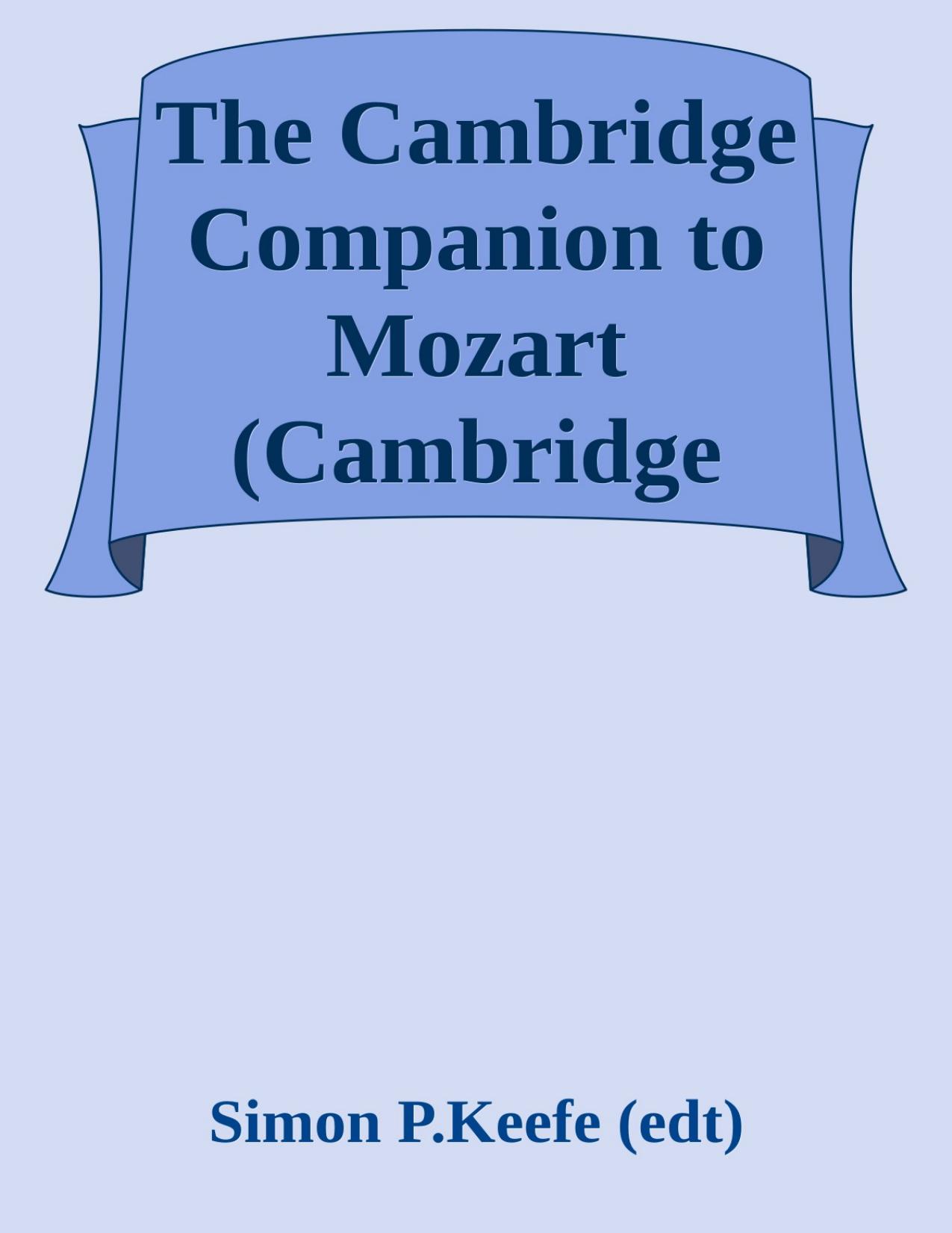
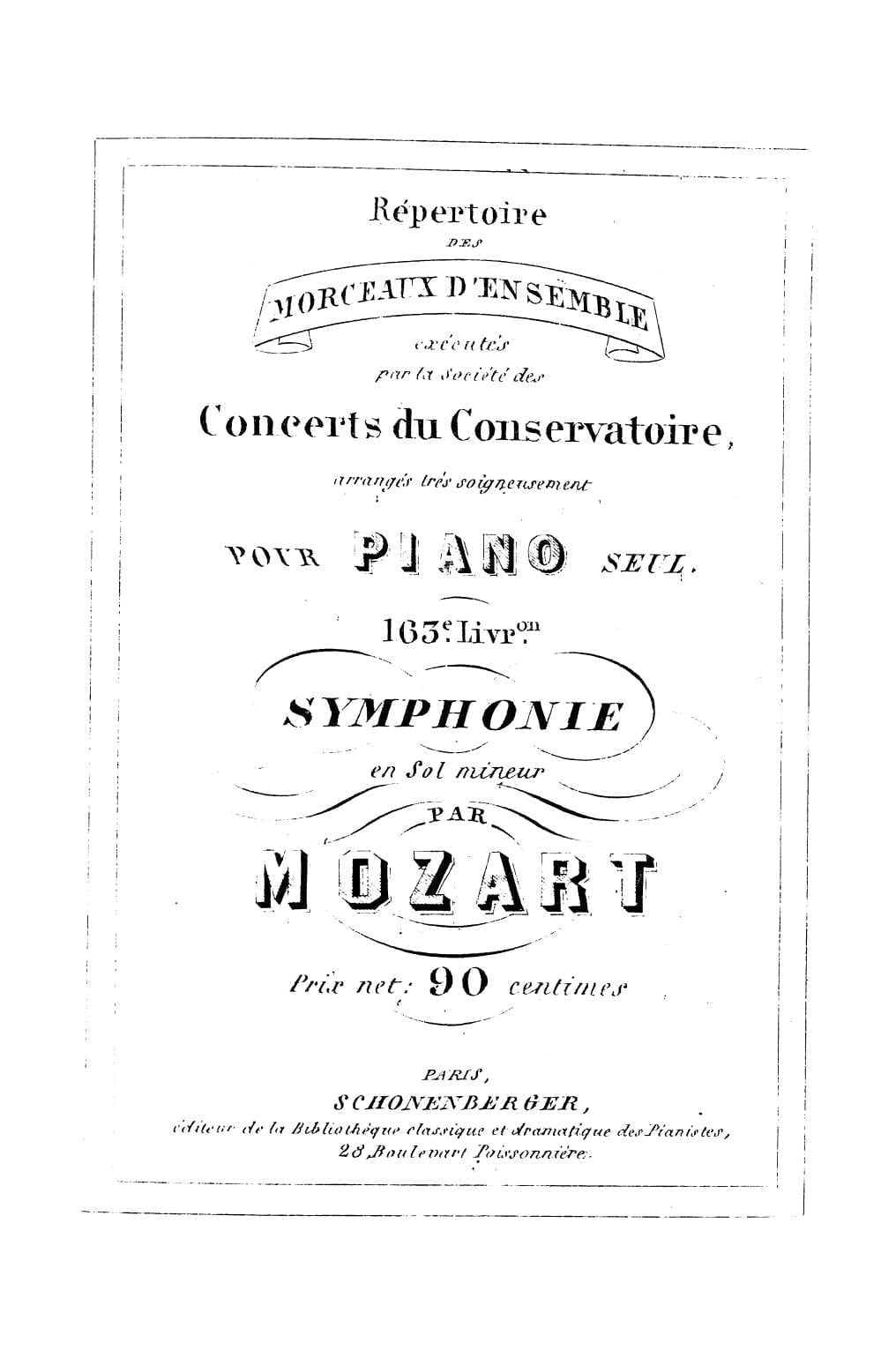
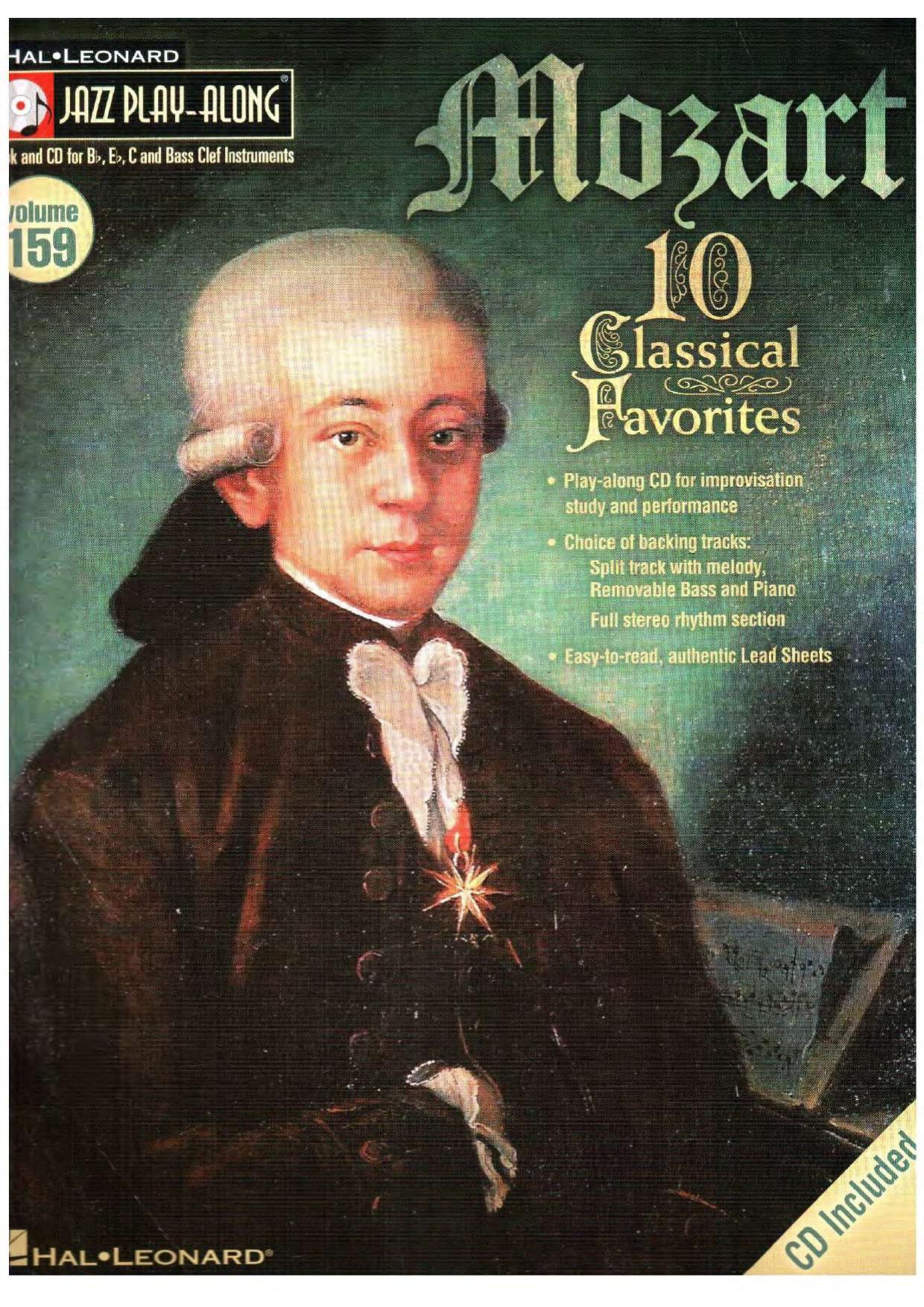


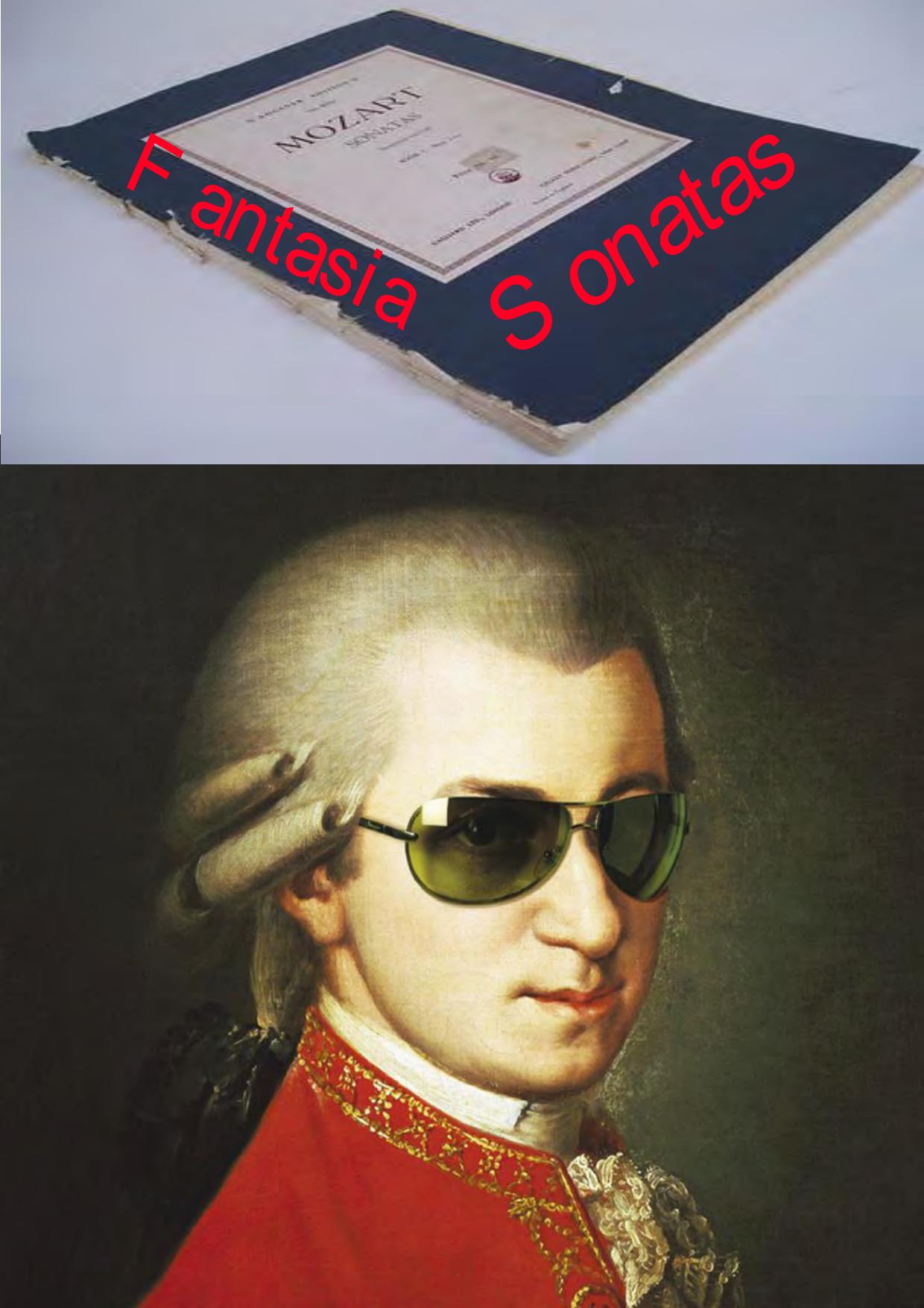
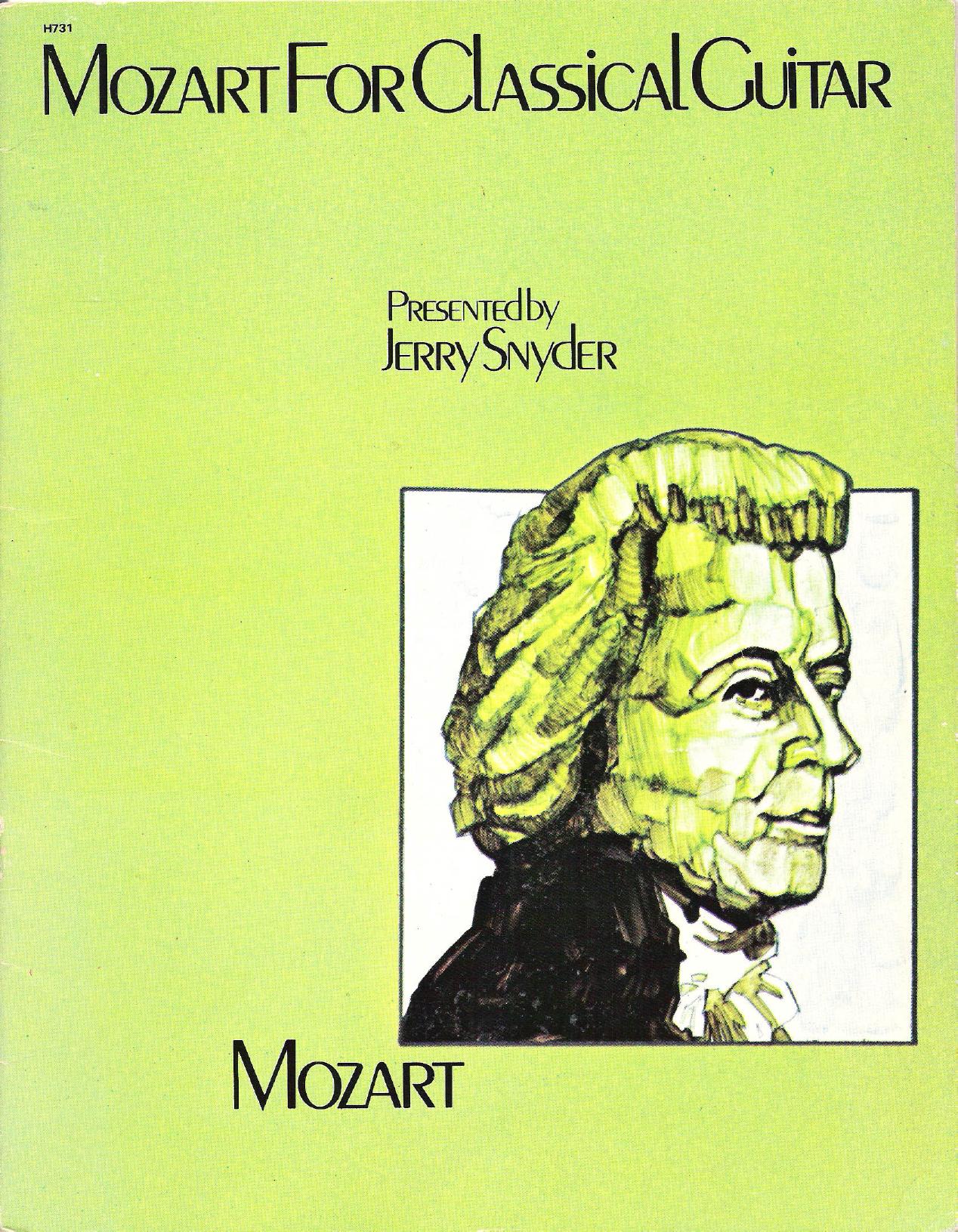


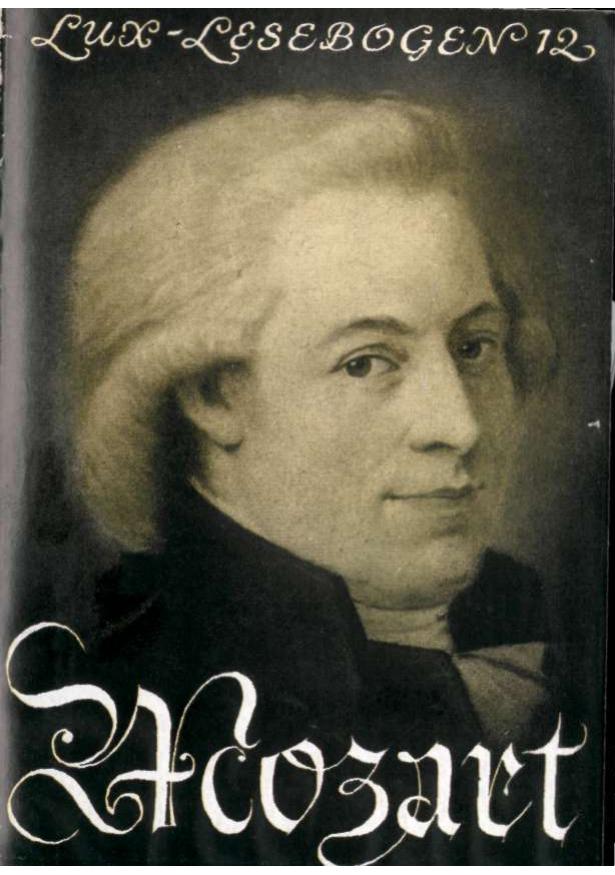

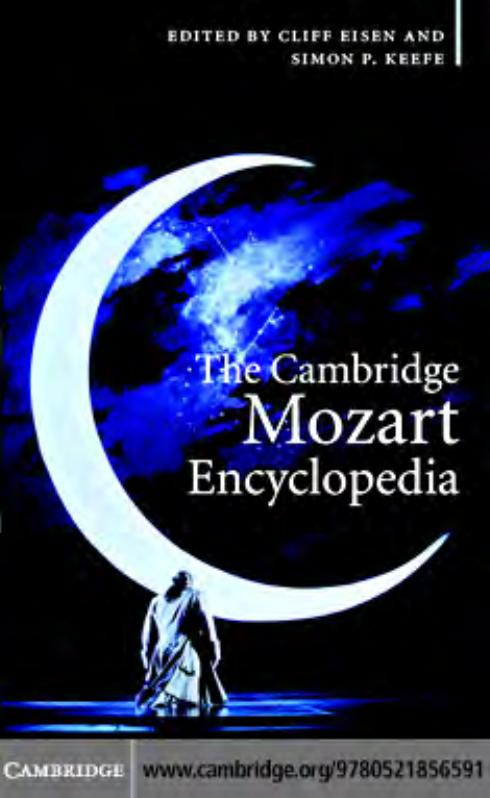

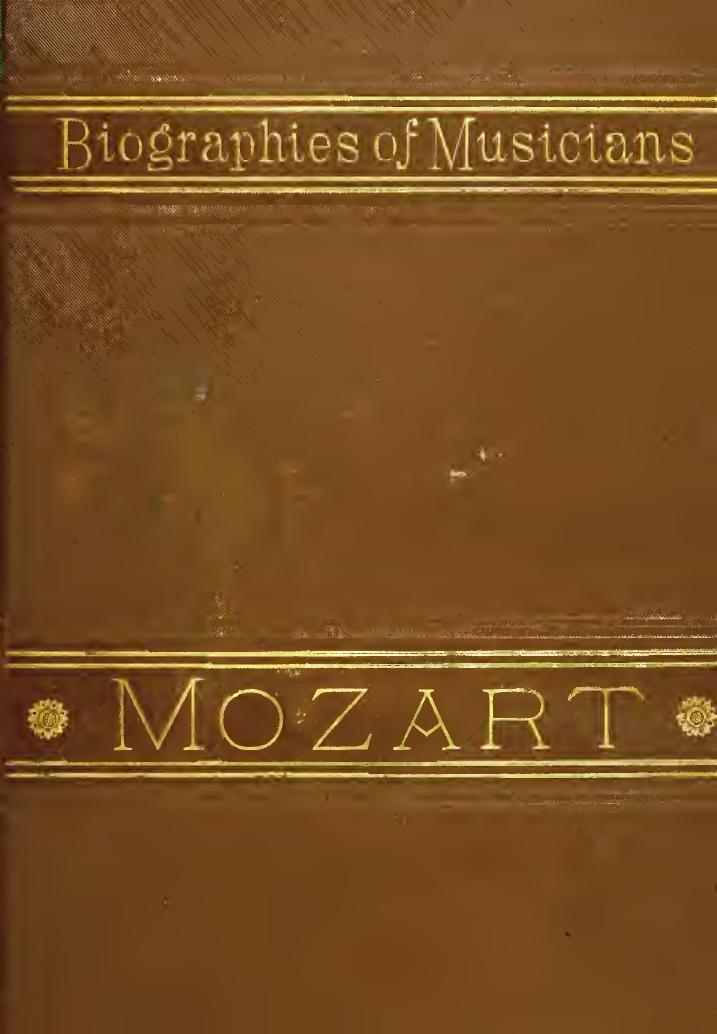
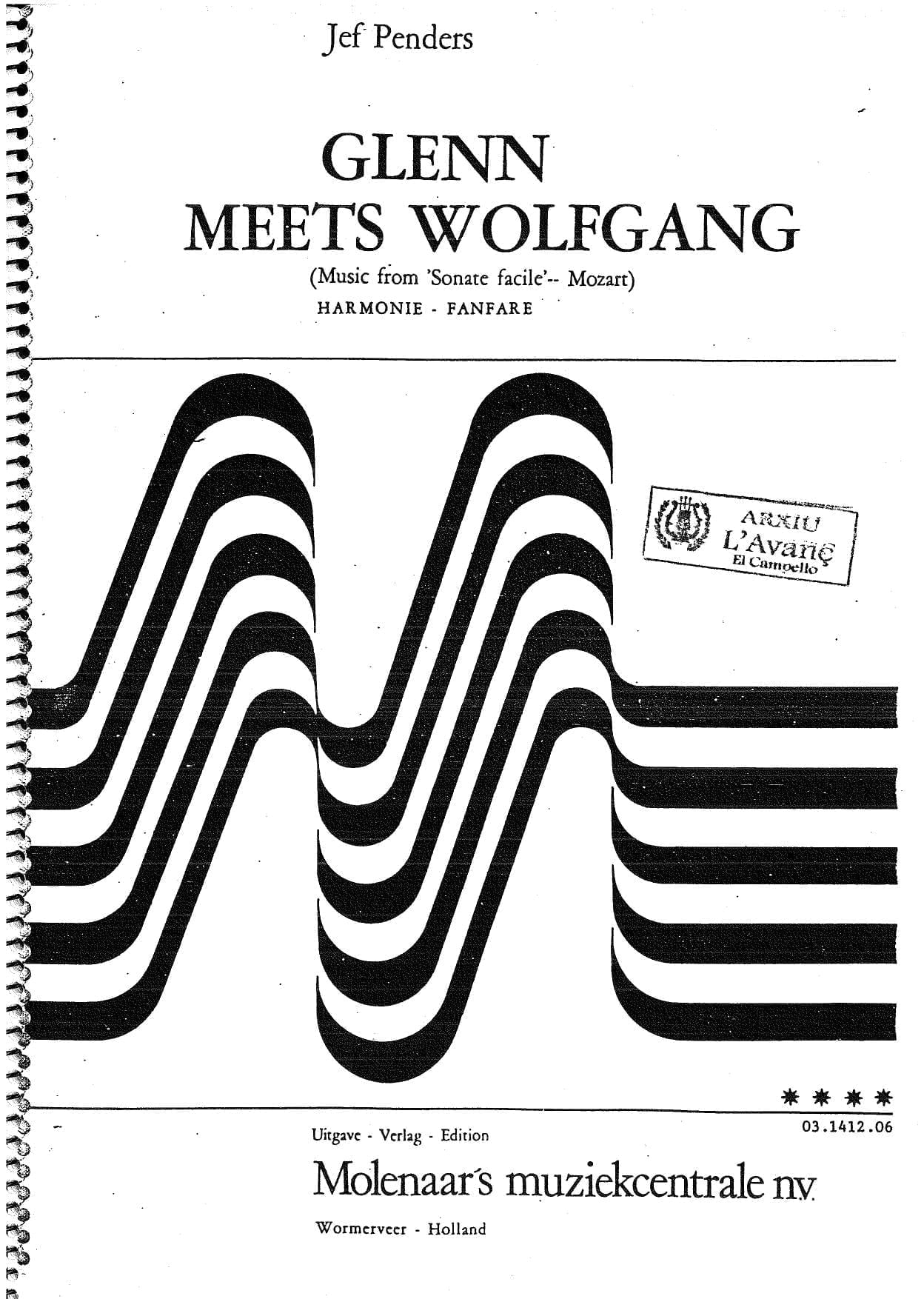

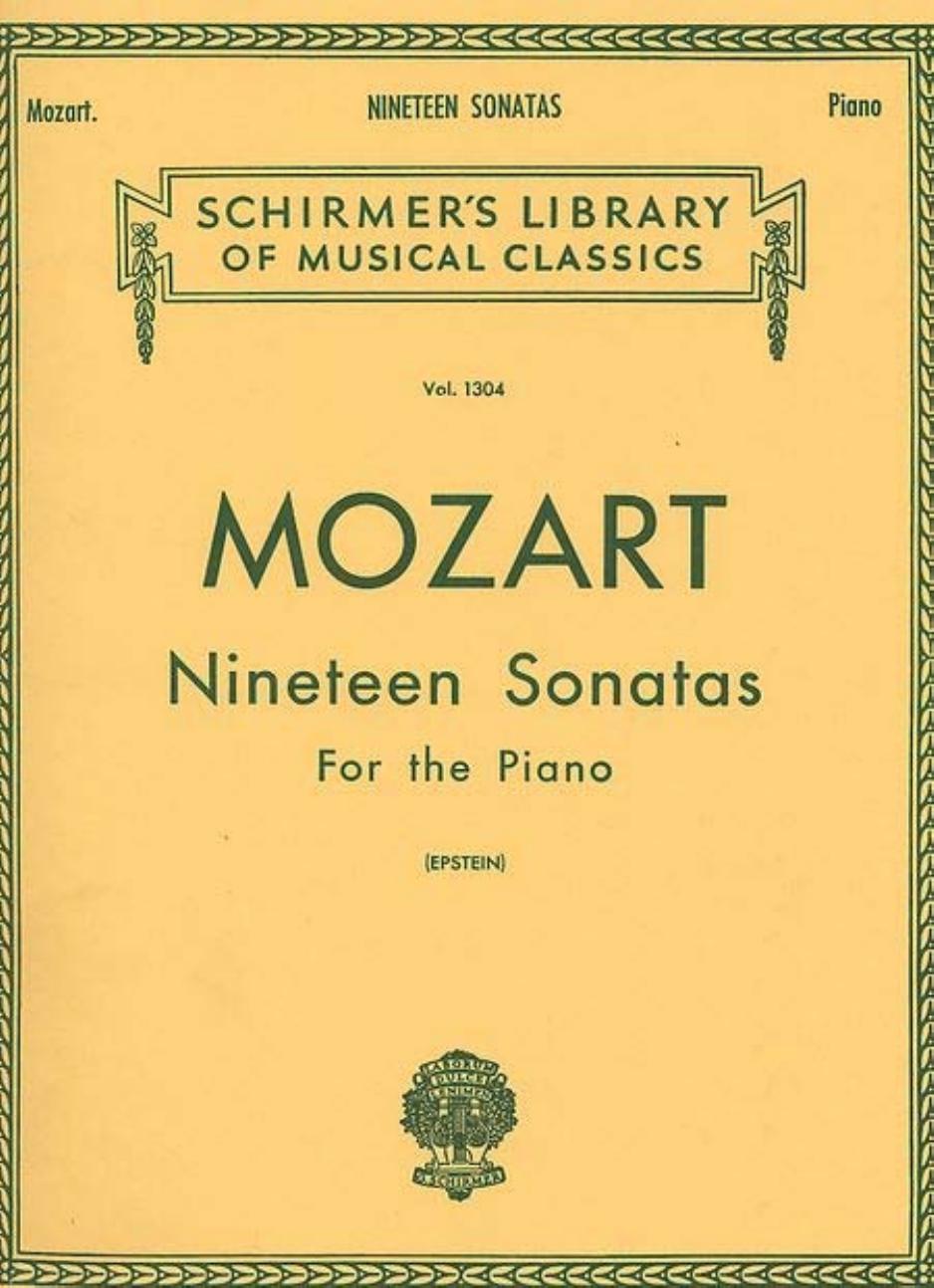
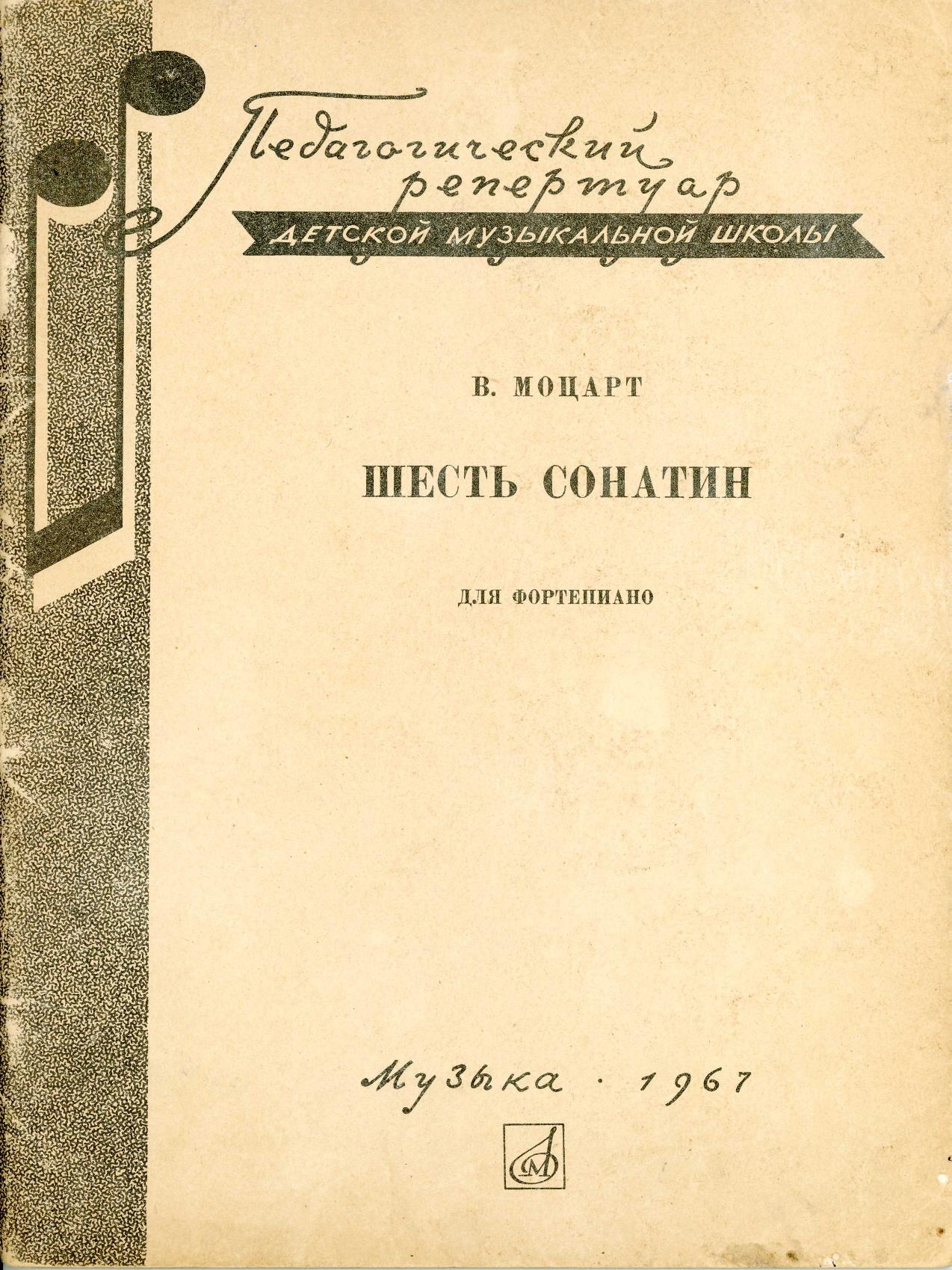

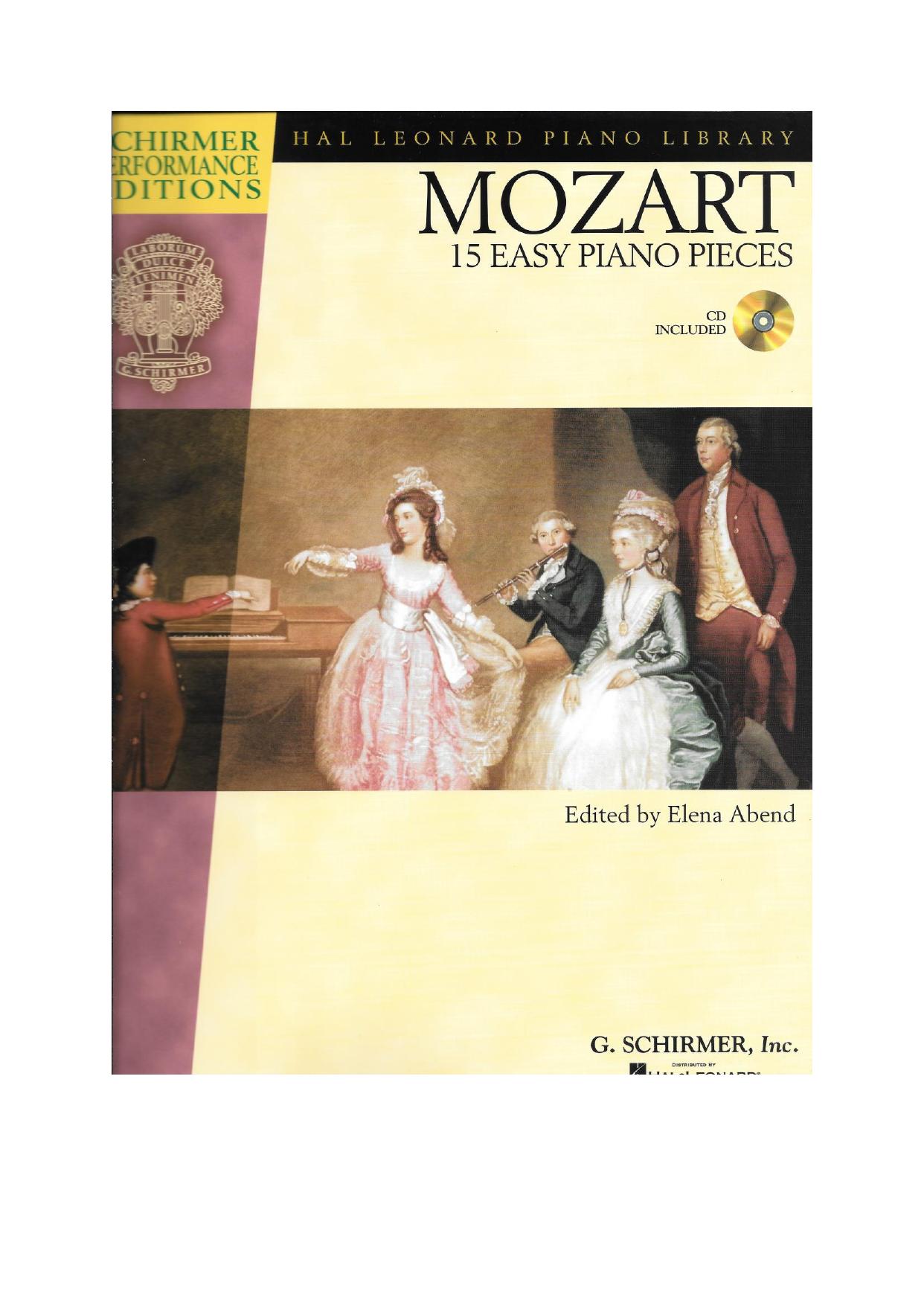
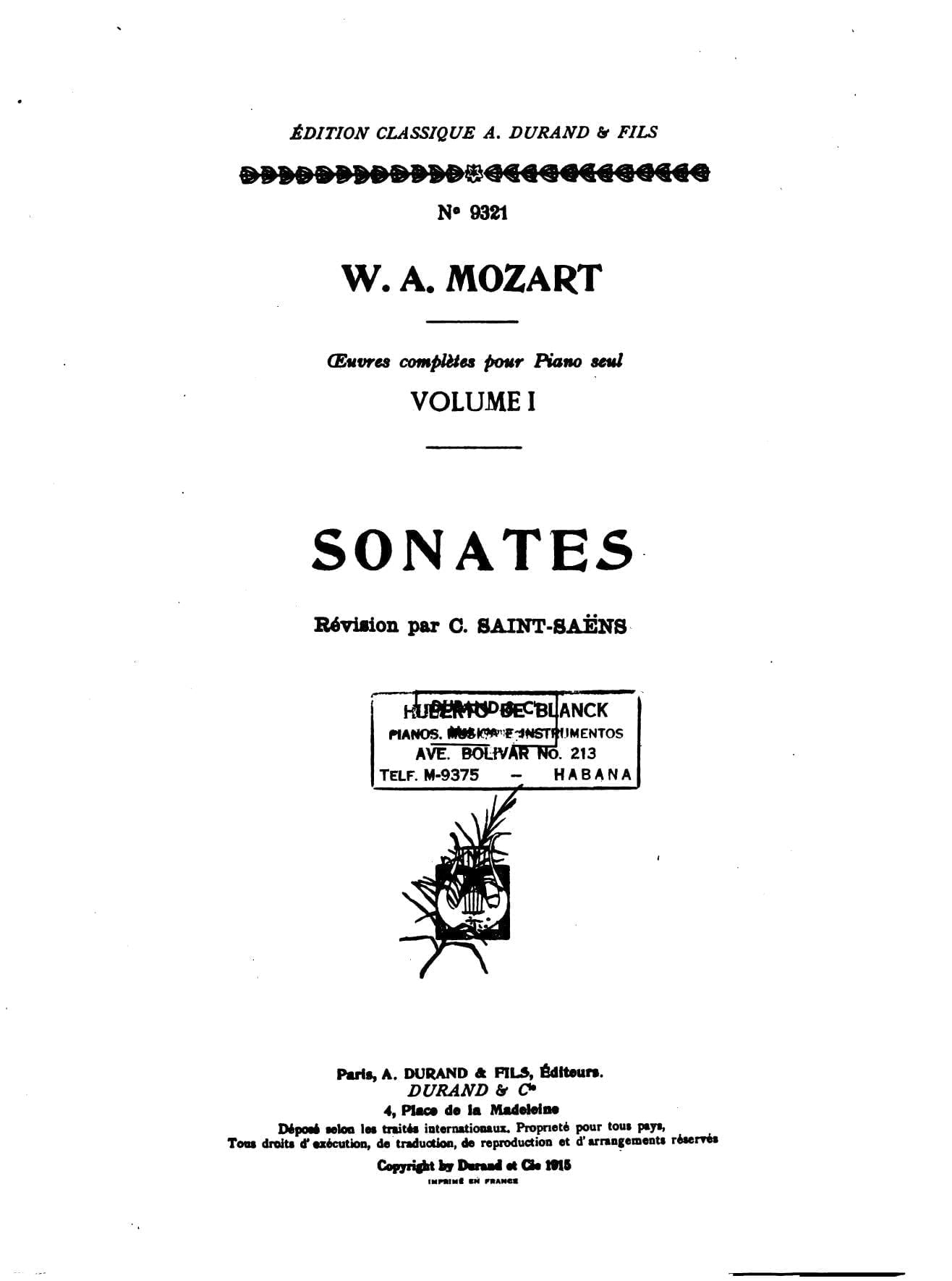
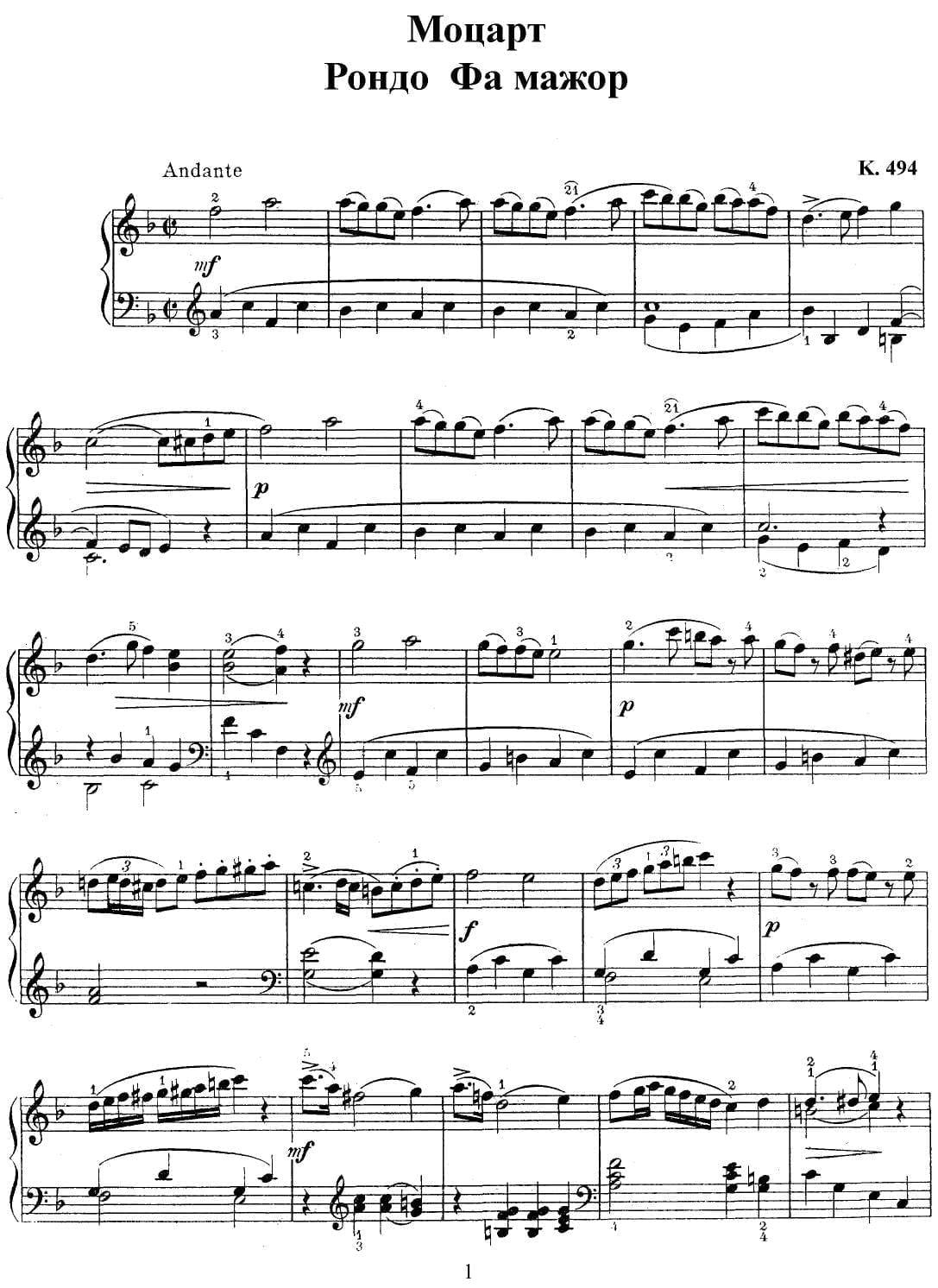
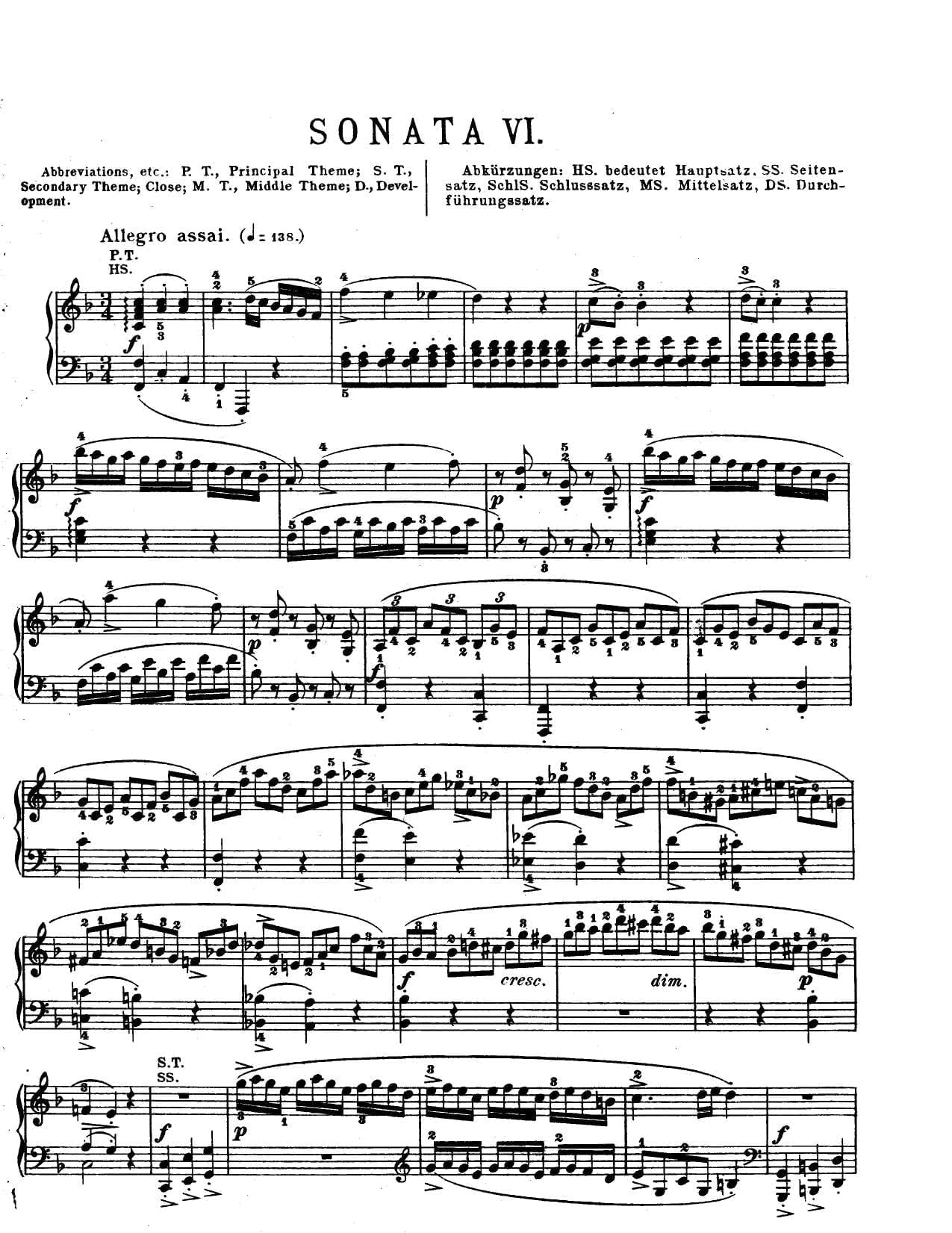



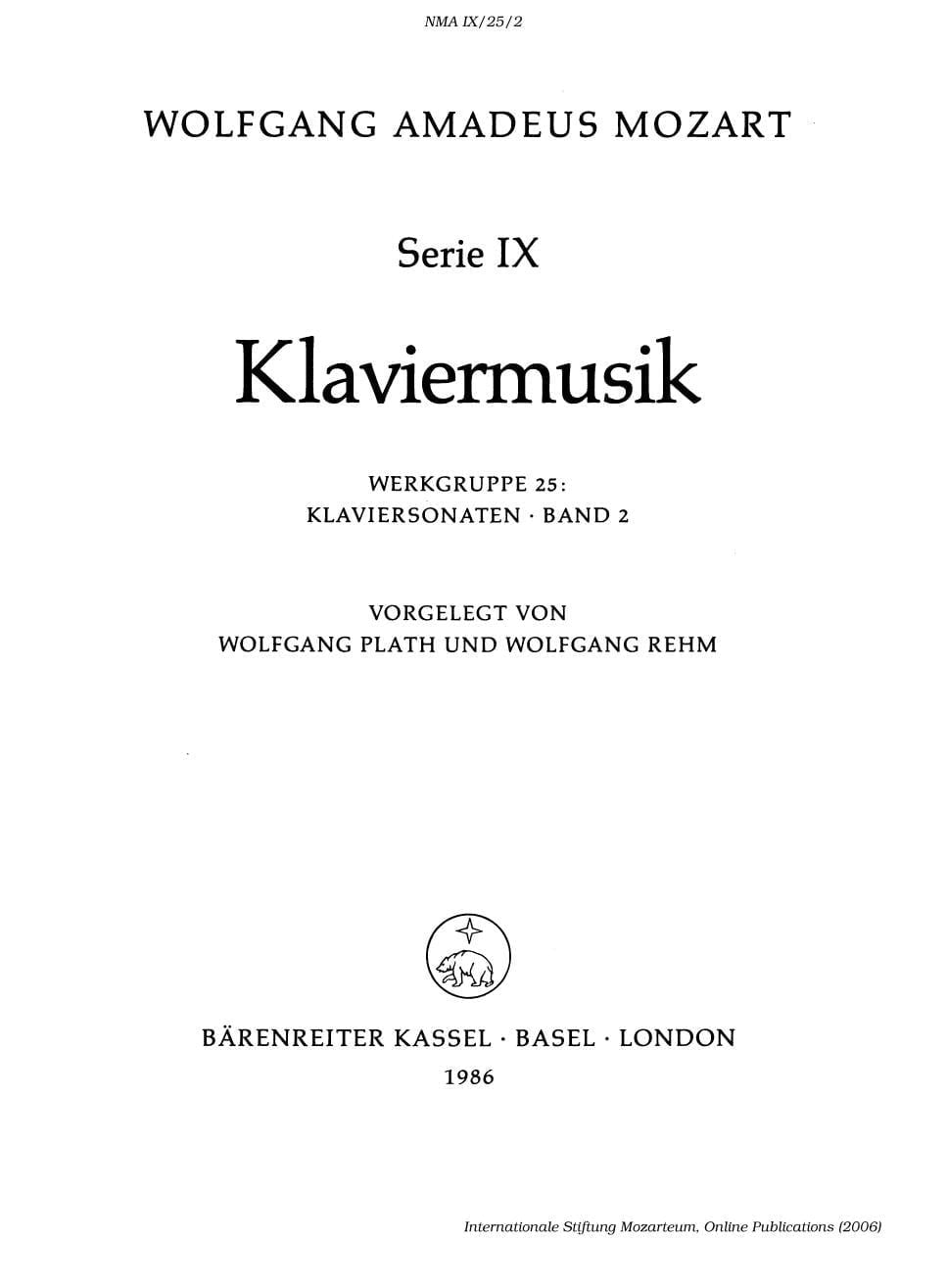
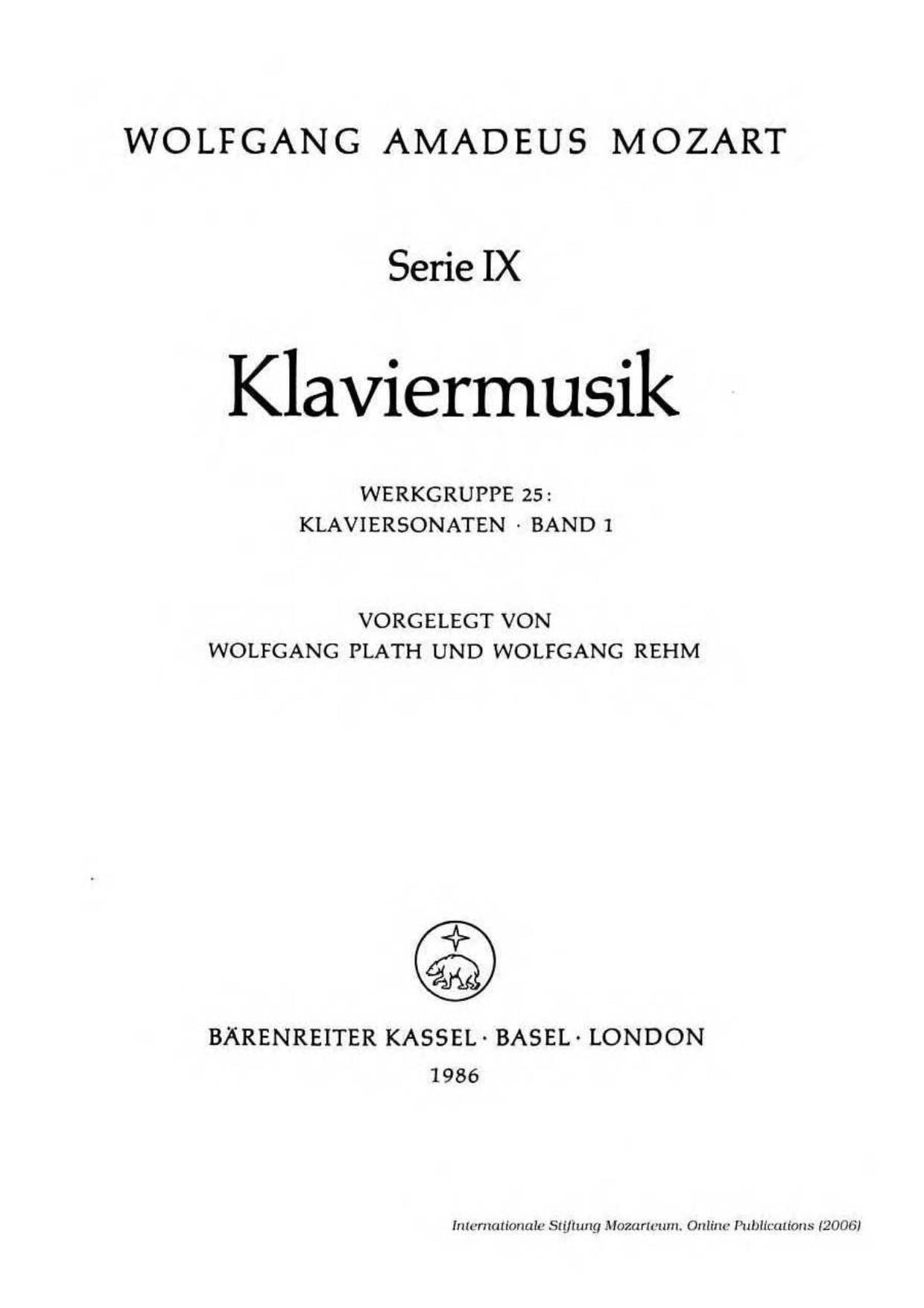

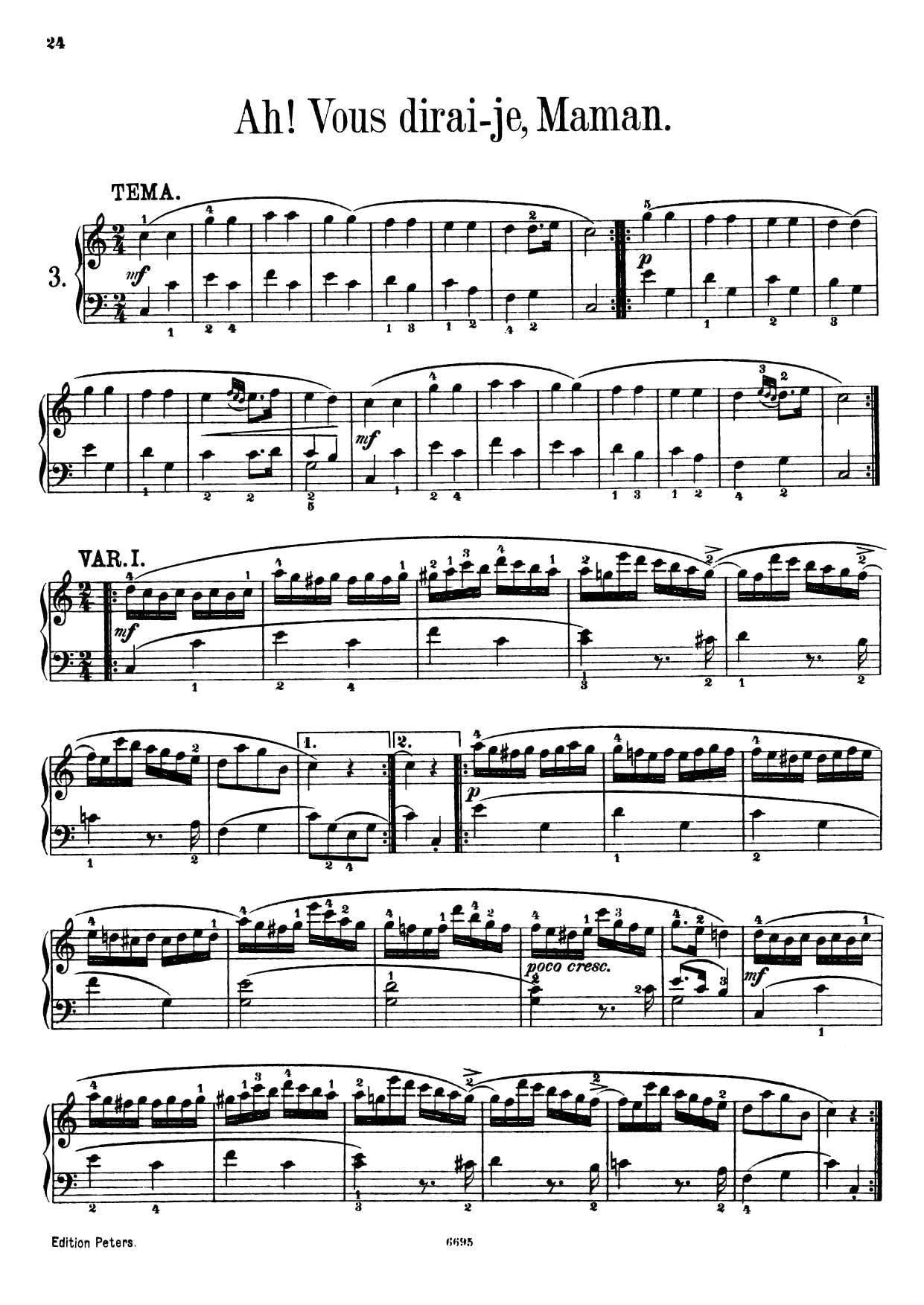
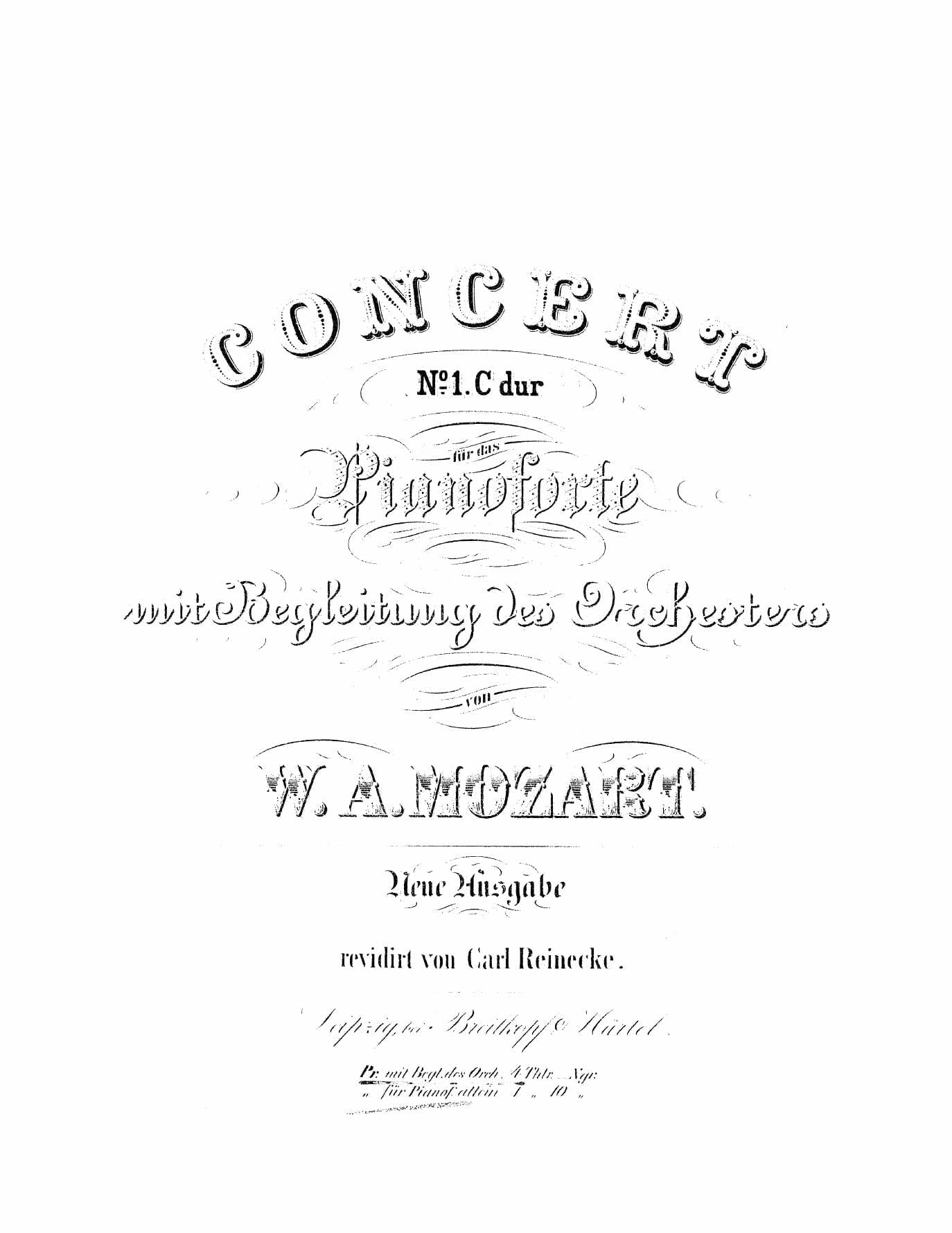
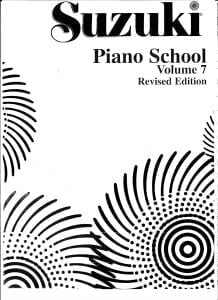
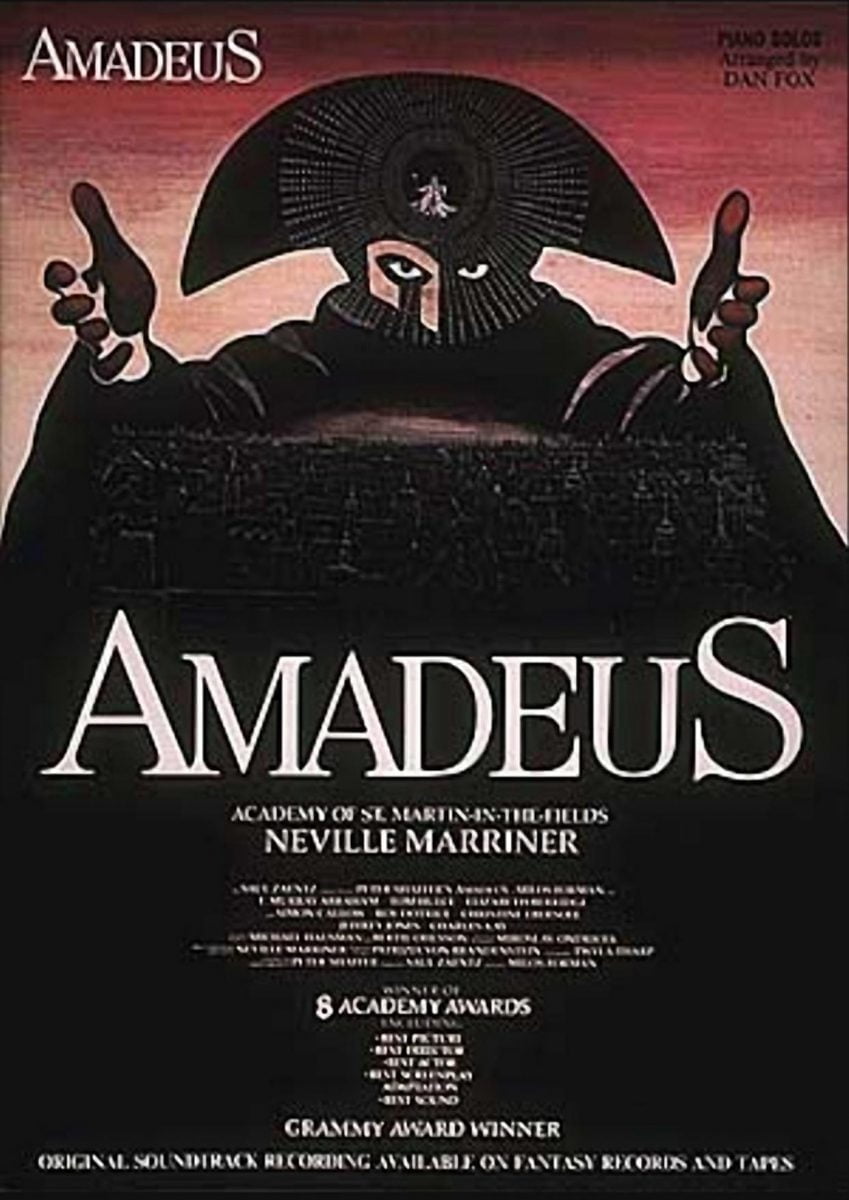
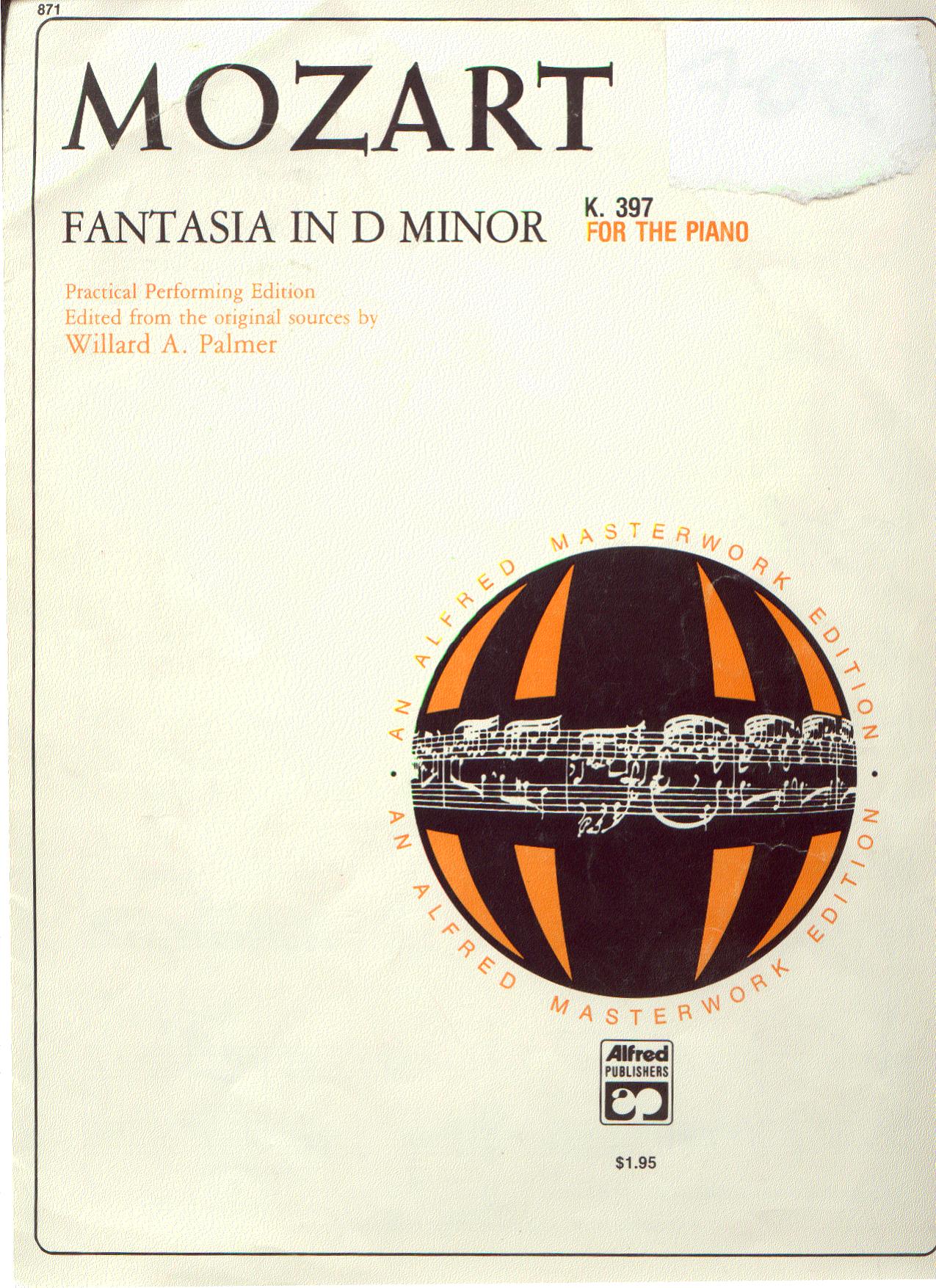
Browse in the Library:
Or browse in the categories menus & download the Library Catalog PDF:
What else may we say about Mozart?
Wolfgang Amadeus Mozart (1756–1791) was one of the greatest musical geniuses in history, a prodigy whose brilliance reshaped classical music and left an enduring legacy. His extraordinary talent, combined with his ability to blend technical mastery with profound emotional depth, makes his work timeless.
Child Prodigy and Unparalleled Skill
Mozart’s genius was evident from early childhood. By age five, he was already composing minuets, and at seven, he was performing across Europe for royalty. His father, Leopold Mozart, a skilled composer himself, recognized his son’s gift and nurtured it rigorously. Unlike many child prodigies who fade into obscurity, Mozart only grew more innovative with age.
Mastery of Musical Forms
Mozart excelled in every major genre of his time:
- Symphonies – His later symphonies (Nos. 38–41) are marvels of structure and emotion, particularly the Jupiter Symphony (No. 41), with its breathtaking counterpoint.
- Operas – Works like The Marriage of Figaro, Don Giovanni, and The Magic Flute revolutionized opera, blending drama, comedy, and sublime music with unmatched sophistication.
- Concertos – His piano concertos (especially No. 20 in D minor and No. 21 in C major) remain pinnacles of the form, balancing virtuosity with lyrical beauty.
- Chamber Music – His string quartets and quintets (like the Clarinet Quintet) showcase his gift for intimate, intricate dialogue between instruments.
- Sacred Music – The Requiem (left unfinished at his death) is one of the most powerful choral works ever written, shrouded in mystery and tragedy.
Innovation and Emotional Depth
Mozart’s genius lay not just in his technical skill but in his ability to convey deep human emotion. His music could shift effortlessly from playful wit (A Musical Joke) to profound sorrow (Piano Concerto No. 23 in A major, second movement). He had an uncanny ability to capture the essence of his characters in opera—whether the mischievous Figaro, the tormented Don Giovanni, or the noble Sarastro in The Magic Flute.
Speed and Precision of Composition
Mozart composed with astonishing speed, often writing entire works in his head before putting them to paper. He reportedly finished his last three symphonies (Nos. 39, 40, and 41) in just six weeks. His manuscripts show few corrections, suggesting that his mind worked with near-perfect clarity.
Legacy and Influence
Mozart’s impact on music is immeasurable. He bridged the Classical and Romantic eras, influencing Beethoven, Schubert, and countless others. Even today, his works remain central to concert halls, operas, and recordings. His melodies are instantly recognizable, his harmonies endlessly studied.
The Eternal Genius
Mozart’s untimely death at 35 only adds to his mythos—what might he have achieved with more time? Yet in his short life, he produced over 600 works of staggering variety and depth. His music transcends time, speaking to listeners with the same freshness and vitality as it did over 200 years ago. As the great conductor Herbert von Karajan once said:
“Mozart’s music is so pure and beautiful that it seems to have been ever-present in the universe, waiting to be discovered by the master.”
Mozart was not just a composer; he was a force of nature, a man whose genius continues to awe and inspire.
What about his Clarinet Concerto?
Mozart’s Clarinet Concerto in A Major, K. 622 is one of the most beloved works in the classical repertoire—a masterpiece of lyricism, elegance, and emotional depth. Composed in 1791, the same year as his death, it was his last instrumental concerto and remains the crowning jewel of the clarinet’s repertoire.
Background and Inspiration
Mozart wrote the concerto for his close friend Anton Stadler, a virtuoso clarinetist who specialized in the basset clarinet (an extended-range instrument with deeper notes). The concerto was originally conceived for this instrument, though it is most often performed today on the standard A clarinet.
Structure and Musical Brilliance
The concerto follows the traditional three-movement structure, but Mozart infuses each section with sublime beauty and sophistication:
1. Allegro (First Movement)
- Opens with a graceful, flowing melody introduced by the orchestra.
- The clarinet enters with a tender yet playful theme, showcasing Mozart’s gift for lyrical expression.
- The movement balances technical brilliance (scales, arpeggios) with singing, operatic phrasing, as if the clarinet were a vocalist.
2. Adagio (Second Movement)
- One of the most heartbreakingly beautiful slow movements ever written.
- The clarinet sings a long, mournful melody over a delicate string accompaniment, evoking a sense of longing and serenity.
- Its simplicity and emotional depth have made it a favorite for films, memorials, and moments of reflection.
3. Rondo: Allegro (Third Movement)
- A lively, joyful finale full of playful runs and dancing rhythms.
- Features a folk-like theme with variations, allowing the soloist to display both agility and charm.
- Ends with a spirited flourish, leaving the listener uplifted.
Why Is This Concerto So Special?
- Perfect Marriage of Soloist and Orchestra – Unlike some concertos where the orchestra merely accompanies, Mozart integrates the clarinet and ensemble in a seamless dialogue.
- Emotional Range – From the exuberant first movement to the profound Adagio and the exuberant Rondo, it captures the full spectrum of human feeling.
- Timeless Melodies – Mozart’s gift for unforgettable, singing lines ensures its place as one of the most beautiful and accessible concertos ever written.
Legacy
The Clarinet Concerto stands as a testament to Mozart’s genius in his final year—showing no decline in creativity, but rather a new level of maturity and expressiveness. It has inspired countless clarinetists (and composers) and remains a cornerstone of the instrument’s repertoire.
As the great pianist Arthur Rubinstein once said:
“Mozart’s music is the mysterious language of a distant spiritual kingdom, whose marvelous accents echo in our inner being and arouse a higher, intensive life.”
The Clarinet Concerto is a perfect example of this—a work of pure beauty, forever speaking to the soul.
The Adagio (second movement) from Mozart’s Clarinet Concerto in A Major, K. 622 is a masterclass in harmonic subtlety and emotional depth. While its melody is famously serene and singing, its harmonic structure is what gives the movement its profound, almost heartbreaking beauty. Let’s explore why it feels so moving.
Key and Overall Structure
- Written in D major (the subdominant of the concerto’s home key, A major), which gives it a warm, tender quality.
- Ternary (ABA’) form: The opening theme returns with delicate variations, creating a sense of peaceful resolution.
Harmonic Analysis: What Makes It So Expressive?
1. Sublime Diatonic Harmony with Gentle Chromatic Touches
The movement is mostly diatonic (staying within the key of D major), but Mozart adds subtle chromatic passing notes and suspensions to create moments of tension and release.
- Example: The opening phrase (mm. 1-8) is a simple I – V – I progression, but the clarinet’s descending line includes gentle appoggiaturas (leaning notes) that add sweetness.
2. Unexpected but Logical Modulations
Mozart briefly shifts to B minor (the relative minor) and F# minor (the minor dominant), adding a touch of melancholy without disrupting the movement’s tranquility.
- At m. 30, the music modulates to F# minor, darkening the mood before returning to D major—a moment of quiet drama.
3. Suspensions and Delayed Resolutions
Mozart uses suspensions (where a note from the previous chord lingers, creating tension before resolving) to deepen the emotional impact.
- Example: In mm. 9-10, the clarinet holds a suspended 4th over the dominant (A), resolving to the 3rd (G#), creating a sighing effect.
4. Use of the Neapolitan Chord (♭II)
A particularly striking moment occurs at m. 38, where Mozart introduces the Neapolitan chord (E♭ major)—a harmonic shift that adds a sudden, poignant color before resolving back to D major.
- This moment feels like a fleeting shadow, deepening the movement’s expressive weight.
5. Cadential Phrases with Lingering Tenderness
Mozart avoids overly dramatic cadences, instead using imperfect cadences and plagal (“Amen”) resolutions to keep the movement floating in a dreamlike state.
- The final cadence (m. 94) is a gentle I – IV – I (plagal cadence), giving the ending a sense of quiet acceptance.
Why Does It Feel So Heartbreaking?
- Restrained Sorrow: Unlike Romantic-era lamentations, Mozart’s sadness is elegant and controlled, making it even more poignant.
- Vocal Quality: The clarinet’s melody unfolds like an operatic aria, with phrasing that mimics the human voice.
- Harmonic Ambiguity: The shifts to minor keys and the Neapolitan chord create fleeting moments of sadness before returning to warmth.
A Lesson in Harmonic Genius
Mozart doesn’t rely on flashy dissonances or complex modulations—instead, he uses simple means to profound effect. The Adagio’s power comes from:
- Subtle chromaticism within a diatonic framework.
- Brief but meaningful modulations to darker keys.
- Suspensions and appoggiaturas that create emotional “sighs.”
- The Neapolitan chord, a masterstroke of harmonic color.
This movement is a perfect example of Mozart’s ability to say so much with so little—a quiet meditation on beauty and transience, expressed through the purest harmony.
As the composer Aaron Copland once said:
“Mozart combines serenity, melancholy, and tragic intensity into one great lyric improvisation. Over it all hovers the greater spirit that is Mozart’s—the spirit of compassion, of universal love, even of suffering—a spirit that knows no age, that belongs to all ages.”
The Adagio’s harmony is the essence of that spirit.
Browse in the Library:
Or browse in the categories menus & download the Library Catalog PDF:
Wolfgang Amadeus Mozart Clarinet Concerto in A major, K.622 (Complete)
Iceland Symphony Orchestra Cornelius Meister, conductor Arngunnur Árnadóttir, clarinet Wolfgang Amadeus Mozart Clarinet Concerto in A major, K.622 0:00
From Iceland Symphony’s concert, Harpa, Reykjavík, September 10th 2015.
